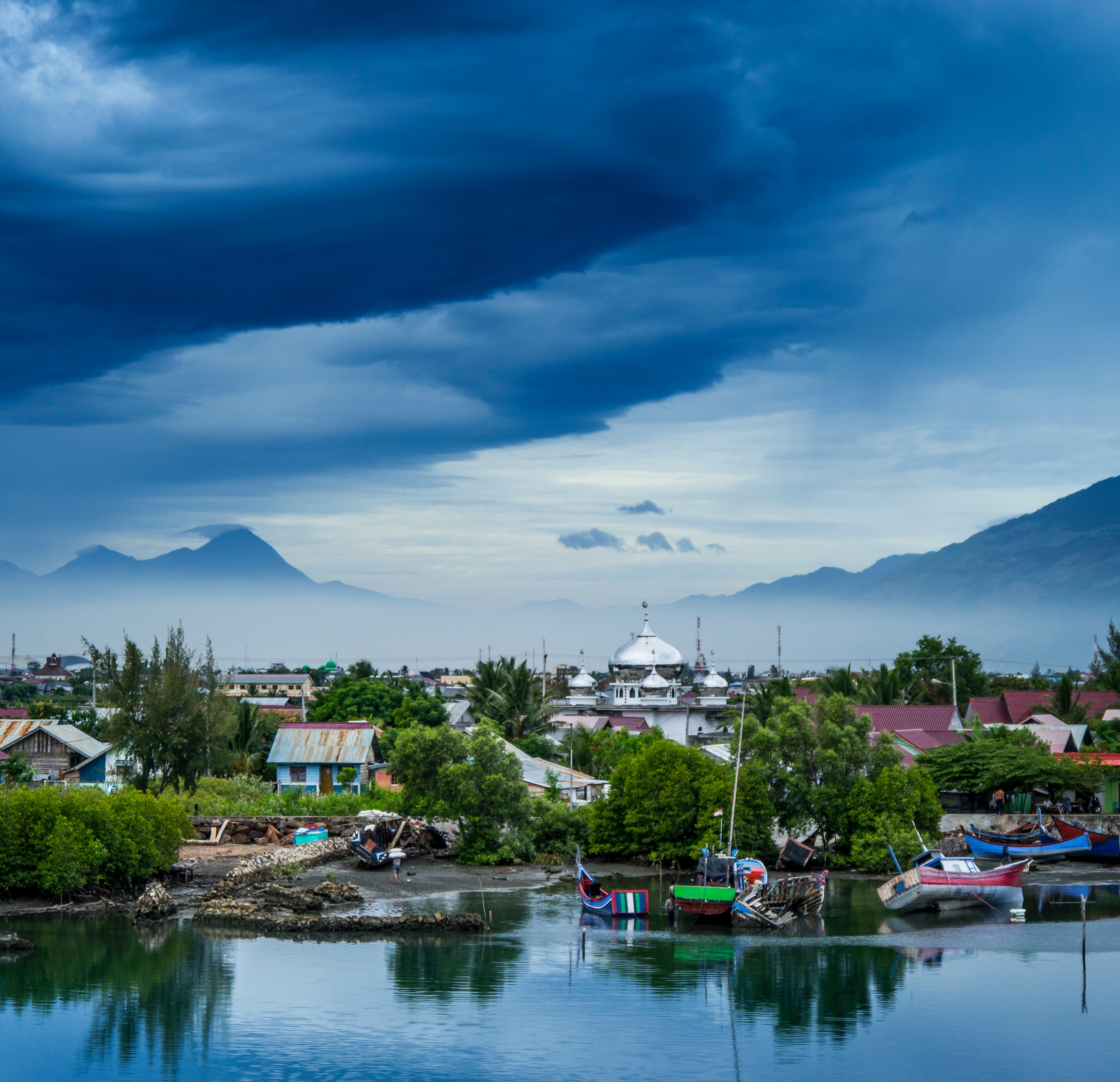
Earthquakes and tsunamis caused by low-angle normal faulting in the Banda Sea, Indonesia
While we'd like to think our knowledge of plate tectonics allows us to confidently identify the sources of large, destructive tsunamis, this isn't always the case. This is particularly true for Indonesia, the world’s largest archipelagic country in Earth’s most active tectonic region,...
Speakers
Event series
Content navigation
RegisterDescription
While we'd like to think our knowledge of plate tectonics allows us to confidently identify the sources of large, destructive tsunamis, this isn't always the case. This is particularly true for Indonesia, the world’s largest archipelagic country in Earth’s most active tectonic region, which faces a substantial earthquake and tsunami threat. Understanding this threat is a challenge because of the complex tectonic environment, the paucity of observed data and the limited historical record.
Here we combine information from recent studies of the geology of Indonesia’s Banda Sea with Global Positioning System observations of crustal motion and an analysis of historical large earthquakes and tsunamis there. We show that past destructive earthquakes were not caused by the supposed megathrust of the Banda outer arc as previously thought, but are due to a vast submarine normal fault system recently discovered along the Banda inner arc. Instead of being generated by coseismic seafloor displacement, we find the tsunamis were more likely caused by earthquake-triggered submarine slumping along the fault’s massive scarp, the Weber Deep. This would make the Banda detachment representative not only as a modern analogue for terranes hyper-extended by slab rollback but also for the generation of earthquakes and tsunamis by a submarine extensional fault system.
Our findings suggest that low-angle normal faults in the Banda Sea generate large earthquakes, which in turn can generate tsunamis due to earthquake-triggered slumping.
About the speaker
Prof Phil Cummins is an earthquake and tsunami scientist, specializing in earthquake sources, tsunami generation and early warning, as well as seismic and tsunami hazard, especially in Asia-Oceania.
Webinar recording
Location
Online

